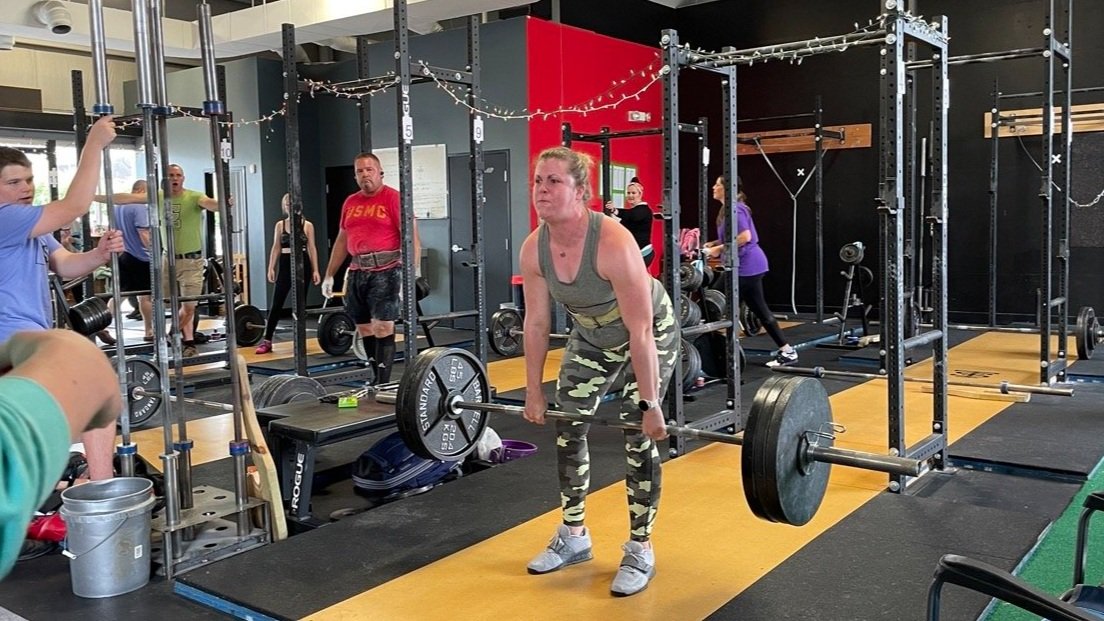The Deadlift: You're Doing This Wrong - Part 6
/This is Part 6 in our series of articles on common deadlift errors and how to fix them. Today’s error is that of trying to jerk or yank the barbell off of the floor.
Jaden . . . is NOT doing this wrong. He’s about to pull very smoothly.
This is a common problem for new lifters, and indeed, you might even be able to get away with this error when the weight is light, but it will cause problems when the weight gets heavy (your back will flex or you’ll get pulled forward), and by then, you’ll have created a bad habit that’s harder to break.
This error is usually related to step 4 of the deadlift setup process. In step 4, the lifter squeezes the chest up to set the back in extension, and when you do this, be sure to start applying some tension to the bar; in other words, there needs to be some upward pull on the bar when you set your back. Below are a few cues that can help (and we covered some of these in a previous article as well):
“Bend the bar” or “Bend it before you break it”
When you squeeze your chest up to set your back, try to bend the bar upward in the middle. If the bar is heavy enough, it actually will bend, but try to bend it upward regardless of the weight on the bar. “Bend it before you break it” simply means that you try to bend the bar before you try to break it off the floor.
“Pull the slack out of the bar” or “Pull the click out of the bar”
Barbells and plates have some “slop” in them, and when you set your back hard and apply tension to the bar through your long, straight arms, you should be pulling upward enough that this slop disappears. If you do this correctly, you’ll hear a click from the bar and the plates.
“Heavy in the hands”
When you apply upward tension as you set your back, do so hard enough that the bar starts to feel heavy as you’re hanging onto it. This is because you are starting to support some of the weight as the floor starts to support less of the weight.
After using one of these cues to help you set your back with tension on the bar, simply remind yourself to break the bar smoothly off the ground (or “squeeze” the bar off the floor), and you’ll have created a smooth, strong deadlift.
As always, we hope this helps you get stronger and live better.
(Some links may be affiliate links. As an Amazon Associate, Testify earns from qualifying purchases.)





